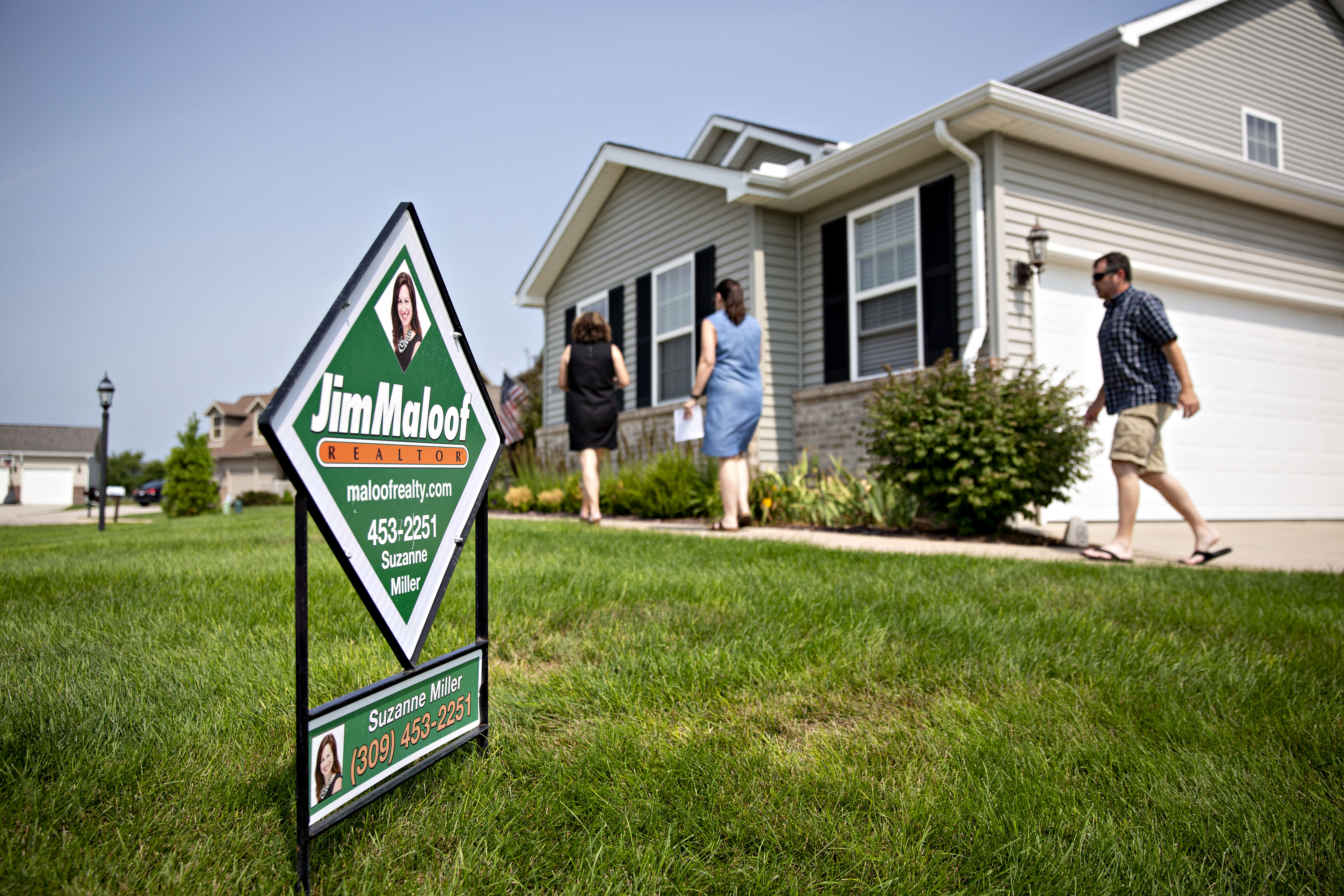
Daniel Acker | Bloomberg | Getty Images
Independent mortgage banks, as well as mortgage subsidiaries of chartered banks, reported a net gain of $4,548 on each loan they originated in the second quarter of 2020, up from a reported gain of $1,600 per loan in the first quarter of 2020, according to the Mortgage Bankers Association.
“Fueled by a surge in borrower demand and record-low mortgage rates, mortgage production profits in the second quarter reached the highest level since the inception of MBA’s report in 2008,” said Marina Walsh, MBA’s vice president of industry analysis. “Production volume averaged over $1 billion per company, and there was an ideal combination of higher revenues and lower costs.”
Revenues rose by 57 basis points from the first quarter, while expenses improved by $844 per loan. Productivity also increased, reaching levels not seen since 2012.
These conditions, along with continued low mortgage rates, are likely why mortgage lenders’ profit margin outlook for the next three months increased, according to Fannie Mae’s Q3 2020 Mortgage Lender Sentiment Survey. Mortgage rates set another new record low last week, according to Freddie Mac.
Close to half of lenders (48%) said they believe profit margins will increase compared to the prior quarter, with 37% saying it would remain the same and just 15% saying profits will fall.
“This quarter’s MLSS results align with the strong housing recovery amid the larger economic downturn due to COVID-19,” said Doug Duncan, Fannie Mae’s chief economist. “Purchase demand growth expectations for the next three months reached the highest third-quarter readings since survey’s inception. Pent-up consumer demand, continued low mortgage rates, and favorable mortgage spreads helped drive lender profitability.”
Lenders reported strong consumer demand across all loan types and for both purchase originations and refinances. Lenders did report a further tightening of credit standards over the last three months, due to the uncertainty over the economic recovery from the pandemic, but expect them to remain the same over the next three months.
“Although the housing market is showing remarkable strength amid the economic and health crisis, potential longer-term downside risks remain, including labor market weakness, low inventory, and home price uncertainty,” added Duncan.



